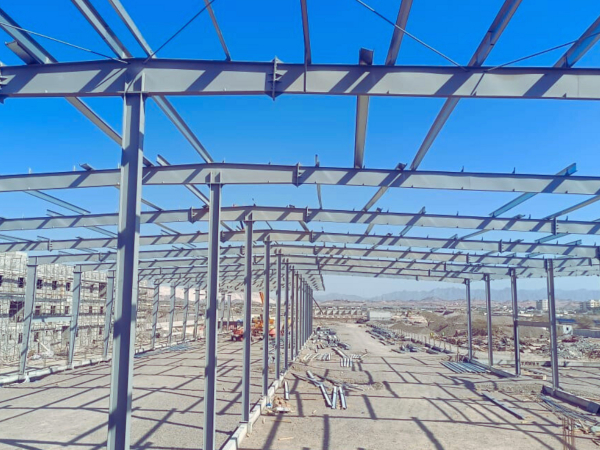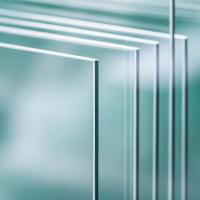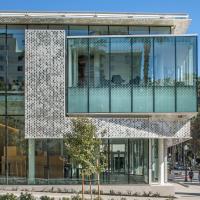Date: 9 September 2015
By being ‘listed’ the property is protected from unrestricted alterations in an effort to maintain the cultural significance of the buildings. Grade I listed homes are of exceptional historical interest, followed by Grade II* listed buildings which are of ‘particular historical significance’.A Grade II listed building is the most common type of listed building with nearly 92% of all listed buildings falling within this category.
Anyone looking to extend a listed building has to apply for specialised listed building consent from the local building authority. Historic England, who now manage listed buildings within England, will only get involved in a listed building planning application for Grade I and Grade II* listed buildings.
A glass extension is an extremely popular option when looking to extend a listed home for many different reasons.
The transparent nature of a structural glass box extension does not hide the original building design, maintaining its architectural design. The clear definition between what is a new extension and an old building helps protect the character of the home.
.jpg)
Photo Credit Seacon Ltd. Double height glass extension to Grade II* listed home in London
So, how to add a glass extension to a listed home?
A cohesive design is important and a listed building consent application is much more likely to be successful if they are led by an architect. But ensuring that your glass extension design is carried out by an experienced glass contractor is an important
The use of Low Iron Glass is usually recommended when looking to add a glass extension to a listed building. Low Iron Glass is a clearer glass product than standard clear glass. It is manufactured with a lower Iron Oxide content which produces a slight green tint to glass surfaces, and therefore creates a clearer and more transparent glass structure.
.jpg)
A glazed extension to Grade II* Listed home in Salisbury, using IQ’s slim framed sliding glass doors
These structural glass boxes can then be supported by frameless structural glass beams and fins, made from Low Iron Glass, to ensure a fully glazed and transparent structural glass installation.
If any opening doors are required opt for as slim a frame as possible. If no thermal performance is required to the glazing (when being used as part of a conservatory design rather than extension) the doors needn’t have any frame at all. If a level of weather sealing and thermal performance is required then sliding doors will afford you the slimmest frame, reducing the amount of obscuration between the outside and listed building structure.
In specialist cases you might consider the use of non-reflective glass which is made from Low Iron Glass with additional coatings on the glazing to reduce its reflectivity. If this solution can be used the glass is nearly invisible to passers-by and will greatly reduce the impact of any new addition on the character of the listed building.
.jpg)
Photo Credit Archea. Side infill glass extension to Grade II listed house. Glazing by IQ
When looking to extend a listed building with a glass extension precision is the key. Ensure you have the right permissions in place (adding an unauthorised extension to a listed building is a criminal offence), use a suitable architect and seek the advice of an experience architectural glazier who will design and install.
Asking your architectural glazing company for previous picture examples of extensions to listed buildings might help your planning application. You can view our favourites at our Pinterest Board: Glass Extensions to Listed Buildings.















Add new comment